Grow Lettuce Indoors? Absolutely! Imagine fresh, crisp lettuce gracing your salads, sandwiches, and wraps, all year round, regardless of the weather outside. Forget those sad, wilted greens from the grocery store – with a few simple tricks, you can cultivate a thriving lettuce patch right in your own home.
The practice of indoor gardening, while seemingly modern, actually has roots stretching back centuries. From the hanging gardens of Babylon to the orangeries of European royalty, people have always sought ways to bring the bounty of nature indoors. Today, with concerns about food security and a desire for fresher, healthier options, indoor gardening is experiencing a major resurgence.
But why should you learn to grow lettuce indoors? Well, think about it: no more battling pests, unpredictable weather, or limited growing seasons. You’ll have complete control over the environment, ensuring optimal conditions for your lettuce to flourish. Plus, it’s incredibly rewarding to nurture something from seed to salad! I know I love the feeling of accomplishment when I harvest my own homegrown greens. This DIY guide will provide you with easy-to-follow instructions and clever hacks to make indoor lettuce gardening a breeze, even if you have limited space or experience. So, let’s ditch the store-bought lettuce and embark on this exciting journey together!
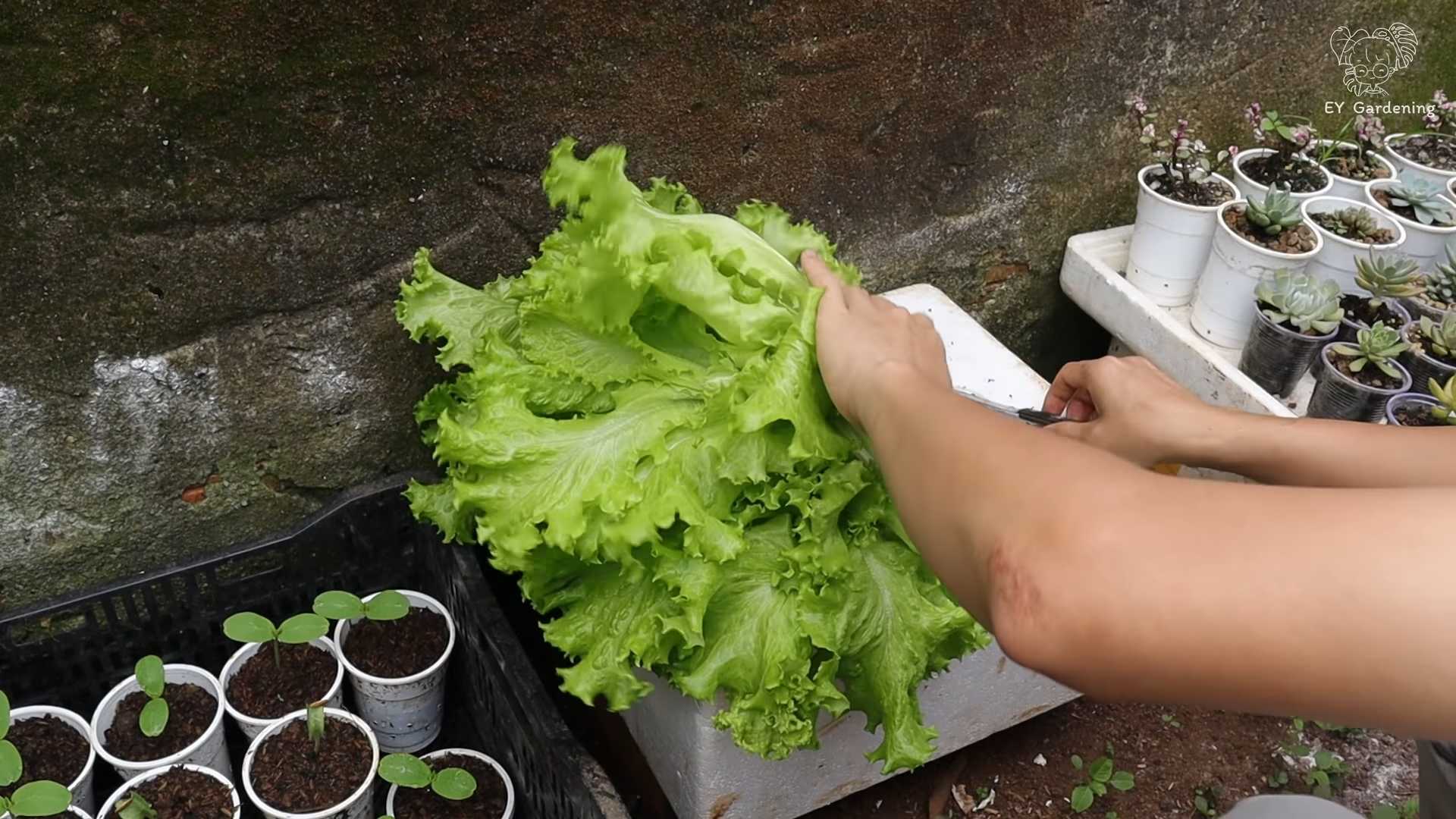
Grow Your Own Salad: A Beginner’s Guide to Indoor Lettuce Gardening
Hey there, fellow plant enthusiasts! Ever dreamt of having fresh, crisp lettuce right at your fingertips, no matter the season? Well, dream no more! I’m going to walk you through the surprisingly simple process of growing lettuce indoors. Trust me, even if you think you have a black thumb, you can totally do this. Let’s get started!
What You’ll Need
Before we dive in, let’s gather our supplies. Here’s a checklist of everything you’ll need to become an indoor lettuce farmer:
* Lettuce Seeds: Choose your favorite varieties! Loose-leaf varieties like Black Seeded Simpson, Salad Bowl, or Red Sails are great for beginners because you can harvest leaves as needed without pulling up the whole plant.
* Growing Medium: You have a few options here. You can use a seed starting mix, potting soil, or even coco coir. I personally prefer a seed starting mix for the initial germination phase, as it’s lighter and allows for better root development.
* Containers: You’ll need containers with drainage holes. Small pots (3-4 inches) are perfect for starting seeds, and then you can transplant them into larger containers (6-8 inches) as they grow. You can also use a long planter box if you want to grow a bunch of lettuce together.
* Watering Can or Spray Bottle: Gentle watering is key, especially when the seedlings are young.
* Grow Lights (Optional but Recommended): While lettuce can grow near a sunny window, grow lights will provide consistent and optimal light, especially during the winter months. Fluorescent or LED grow lights work well.
* Fertilizer (Optional): A balanced liquid fertilizer can help boost growth, but it’s not strictly necessary, especially if you’re using good quality potting soil.
* Spray Bottle with Water: For misting the seedlings to keep them moist.
* Small Shovel or Spoon: For transplanting seedlings.
* Labels and a Marker: To keep track of your lettuce varieties.
Phase 1: Sowing the Seeds
Okay, let’s get our hands dirty! This is where the magic begins.
1. Prepare Your Containers: Fill your small pots or seed starting trays with your chosen growing medium. Gently pat it down to remove any large air pockets, but don’t compact it too much. You want the soil to be loose and well-draining.
2. Sow the Seeds: Lettuce seeds are tiny, so be careful not to plant them too deep. Sprinkle a few seeds (2-3) on the surface of the soil in each pot. Then, lightly cover them with a thin layer of soil (about 1/4 inch).
3. Water Gently: Use a spray bottle or a watering can with a gentle nozzle to moisten the soil. You want the soil to be damp, but not soggy.
4. Create a Humid Environment: To help with germination, you can cover the pots with a clear plastic wrap or a humidity dome. This will trap moisture and create a warm, humid environment that lettuce seeds love.
5. Place in a Warm Location: Place the pots in a warm location (around 60-70°F or 15-21°C). A heat mat can be helpful if your home is cool.
6. Wait for Germination: Lettuce seeds typically germinate within 7-14 days. Keep the soil consistently moist during this time. Remove the plastic wrap or humidity dome once the seedlings emerge.
Phase 2: Nurturing the Seedlings
Now that you have tiny lettuce sprouts, it’s time to give them some TLC.
1. Provide Adequate Light: This is crucial! If you’re using a sunny window, make sure the seedlings get at least 6 hours of direct sunlight per day. If you’re using grow lights, position them a few inches above the seedlings and keep them on for 12-14 hours per day.
2. Thin the Seedlings: Once the seedlings have developed a few true leaves (the second set of leaves that appear after the initial seed leaves), it’s time to thin them out. This means removing the weaker seedlings so that the remaining ones have enough space to grow. Use small scissors to snip off the unwanted seedlings at the soil level. Leave only one strong seedling per pot.
3. Water Regularly: Keep the soil consistently moist, but not soggy. Water when the top inch of soil feels dry to the touch. Avoid overwatering, as this can lead to root rot.
4. Fertilize (Optional): If you want to give your lettuce a boost, you can start fertilizing them with a balanced liquid fertilizer diluted to half strength. Follow the instructions on the fertilizer package. I usually fertilize every 2-3 weeks.
5. Monitor for Pests: Keep an eye out for any signs of pests, such as aphids or spider mites. If you spot any, you can try spraying them with insecticidal soap or neem oil.
Phase 3: Transplanting (If Necessary)
If you started your seeds in small pots, you’ll eventually need to transplant them into larger containers. This will give them more room to grow and develop a strong root system.
1. Prepare the Larger Containers: Fill your larger containers (6-8 inches) with potting soil.
2. Gently Remove the Seedlings: Carefully remove the seedlings from their small pots. Gently loosen the soil around the roots and lift the seedling out. Be careful not to damage the roots.
3. Plant the Seedlings: Dig a hole in the potting soil in the larger container that is big enough to accommodate the root ball. Place the seedling in the hole and gently backfill with soil.
4. Water Thoroughly: Water the transplanted seedlings thoroughly to help them settle in.
5. Provide Extra Care: For the first few days after transplanting, keep the seedlings in a slightly shaded location to help them adjust to their new environment.
Phase 4: Harvesting Your Lettuce
This is the best part! You’ve nurtured your lettuce plants, and now it’s time to enjoy the fruits (or rather, leaves) of your labor.
1. Harvesting Loose-Leaf Lettuce: If you’re growing loose-leaf lettuce, you can start harvesting leaves as soon as they are large enough to eat (usually around 4-6 inches long). Simply snip off the outer leaves with scissors, leaving the inner leaves to continue growing. This is called “cut-and-come-again” harvesting, and it allows you to harvest lettuce continuously for several weeks.
2. Harvesting Head Lettuce: If you’re growing head lettuce, you’ll need to wait until the head is firm and well-formed. To harvest, simply cut the head off at the base of the plant with a sharp knife.
3. Wash and Enjoy: Wash your freshly harvested lettuce leaves thoroughly before eating. You can use them in salads, sandwiches, wraps, or any other dish that calls for lettuce.
Tips for Success
Here are a few extra tips to help you grow the best indoor lettuce possible:
* Choose the Right Varieties: As I mentioned earlier, loose-leaf varieties are generally easier to grow indoors than head lettuce.
* Provide Adequate Light: Light is essential for lettuce growth. If you don’t have enough natural light, invest in grow lights.
* Don’t Overwater: Overwatering can lead to root rot, which is a common problem with indoor plants. Make sure your containers have drainage holes and water only when the top inch of soil feels dry.
* Keep the Air Circulating: Good air circulation helps prevent fungal diseases. You can use a small fan to circulate the air around your lettuce plants.
* Succession Planting: To ensure a continuous supply of lettuce, sow new seeds every few weeks. This is called succession planting.
* Rotate Your Crops: If you’re growing lettuce in the same containers year after year, it’s a good idea to rotate your crops. This means planting different types of plants in the containers each year to help prevent soilborne diseases.
Troubleshooting
Even with the best care, you might encounter some problems while growing lettuce indoors. Here are a few common issues and how to fix them:
* Leggy Seedlings: This means your seedlings are tall and spindly, with long stems. This is usually caused by insufficient light. Move your seedlings to a brighter location or use grow lights.
* Yellowing Leaves: This can be caused by a number of factors, including overwatering, underwatering, nutrient deficiencies, or pests. Check the soil moisture and adjust your watering accordingly. If you suspect a nutrient deficiency, try fertilizing with a balanced liquid fertilizer. Inspect your plants for pests and treat them accordingly.
* Root Rot: This is a fungal disease that causes the roots to rot. It’s usually caused by overwatering. Make
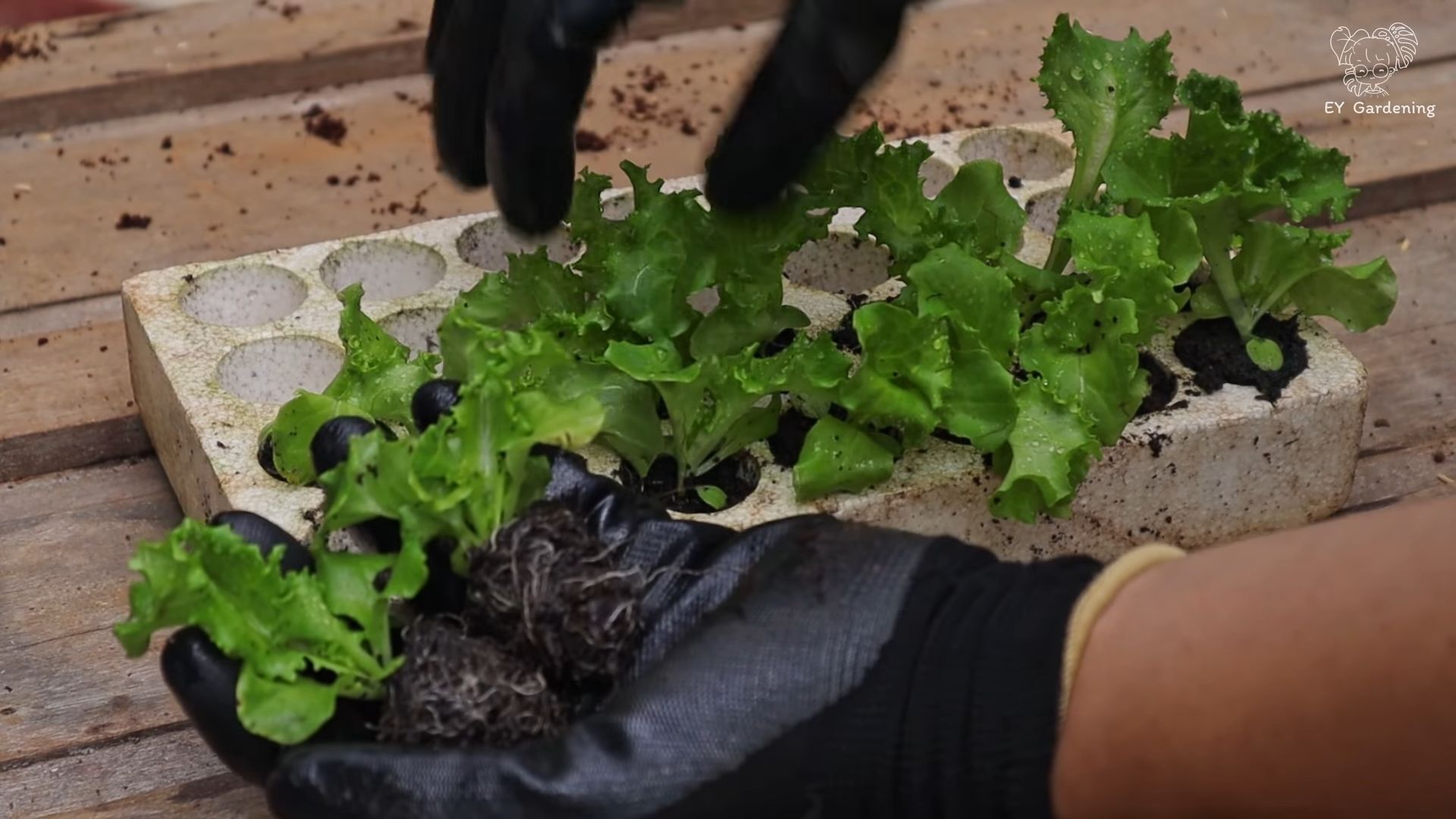
Conclusion
So, there you have it! Growing lettuce indoors is not only achievable, but it’s also a remarkably rewarding experience. Forget those sad, wilted greens from the grocery store. Imagine fresh, crisp lettuce, bursting with flavor, available right at your fingertips, all year round. This DIY trick transforms your kitchen into a miniature farm, offering a sustainable and cost-effective way to enjoy healthy salads and sandwiches.
Why is this a must-try? Because it puts you in control. You control the environment, ensuring optimal growing conditions. You control the quality, knowing exactly what goes into your lettuce, free from harmful pesticides and herbicides. And you control the supply, eliminating those last-minute trips to the store when you’re craving a fresh salad.
But the benefits extend beyond convenience and cost savings. Growing your own lettuce indoors is a therapeutic activity. It’s a chance to connect with nature, even in the heart of the city. It’s a learning experience, teaching you about plant life cycles and the importance of sustainable practices. And it’s a source of immense satisfaction, watching those tiny seeds sprout and flourish into vibrant, edible greens.
Don’t be afraid to experiment! Try different varieties of lettuce. Romaine, butterhead, loose-leaf – each offers a unique flavor and texture. Consider adding companion plants like basil or chives to your indoor garden. These herbs not only enhance the flavor of your lettuce but also help deter pests. You can also explore different growing mediums. While soil is the most common choice, hydroponics offers a soilless alternative for even faster growth.
Growing lettuce indoors is a journey of discovery. There will be successes and setbacks, but every experience is a learning opportunity. The key is to be patient, observant, and adaptable. Pay attention to your plants’ needs, adjust your watering and lighting accordingly, and don’t be discouraged by the occasional yellow leaf.
We’re confident that you’ll find this DIY trick to be a game-changer. It’s a simple, affordable, and sustainable way to enjoy fresh, healthy lettuce all year round. So, grab your seeds, prepare your growing medium, and get ready to embark on this exciting adventure.
We can’t wait to hear about your experiences! Share your photos, tips, and challenges in the comments below. Let’s create a community of indoor lettuce growers and inspire others to embrace this rewarding hobby. Happy growing!
Frequently Asked Questions (FAQ)
What are the best lettuce varieties to grow indoors?
The best lettuce varieties for indoor growing are typically those that are compact and fast-growing. Loose-leaf varieties like Black Seeded Simpson, Salad Bowl, and Red Sails are excellent choices because they mature quickly and can be harvested continuously. Butterhead varieties like Buttercrunch and Tom Thumb are also well-suited for indoor growing due to their small size and tender leaves. Romaine lettuce can be grown indoors as well, but it may require a bit more space and light. Experiment with different varieties to find your favorites!
How much light does indoor lettuce need?
Lettuce requires a significant amount of light to thrive indoors. Ideally, it needs at least 6-8 hours of direct sunlight per day. If you don’t have a sunny windowsill, you’ll need to supplement with artificial lighting. LED grow lights are an excellent option because they are energy-efficient and provide the full spectrum of light that lettuce needs. Position the grow lights a few inches above the lettuce plants and adjust the height as they grow. A timer can be used to ensure consistent light exposure. Insufficient light can lead to leggy growth and pale leaves.
What type of soil is best for growing lettuce indoors?
A well-draining potting mix is essential for growing lettuce indoors. Avoid using garden soil, as it can be too heavy and may contain pests or diseases. A good potting mix should be lightweight, airy, and rich in organic matter. You can also create your own potting mix by combining equal parts of peat moss, perlite, and vermiculite. Ensure that the containers you use have drainage holes to prevent waterlogging.
How often should I water my indoor lettuce?
Lettuce needs consistent moisture to grow well, but it’s important to avoid overwatering. Water your lettuce when the top inch of soil feels dry to the touch. Water deeply, ensuring that the water drains out of the drainage holes. Avoid getting water on the leaves, as this can promote fungal diseases. Check the soil moisture regularly, especially during hot or dry weather.
How do I harvest lettuce from my indoor garden?
You can begin harvesting lettuce leaves as soon as they are large enough to eat, typically when they are about 4-6 inches long. For loose-leaf varieties, simply snip off the outer leaves with scissors, leaving the inner leaves to continue growing. This cut-and-come-again method allows you to harvest lettuce continuously for several weeks. For head lettuce varieties, wait until the head is firm and well-formed before harvesting. Cut the head off at the base of the plant.
What are some common problems when growing lettuce indoors and how can I fix them?
Some common problems include aphids, fungal diseases, and nutrient deficiencies. Aphids can be controlled with insecticidal soap or neem oil. Fungal diseases can be prevented by ensuring good air circulation and avoiding overwatering. Nutrient deficiencies can be addressed by fertilizing with a balanced liquid fertilizer. Yellowing leaves may indicate a lack of nitrogen, while stunted growth may indicate a lack of phosphorus or potassium. Regularly inspect your plants for signs of pests or diseases and take action promptly.
Can I grow lettuce indoors year-round?
Yes, one of the biggest advantages of growing lettuce indoors is that you can enjoy fresh lettuce year-round, regardless of the weather outside. By controlling the environment, you can provide the optimal conditions for lettuce growth, even during the winter months. Just be sure to provide adequate light and maintain a consistent temperature.
How do I prevent my indoor lettuce from bolting (going to seed)?
Bolting is a common problem with lettuce, especially during hot weather. To prevent bolting, keep the temperature cool (ideally between 60-70°F), provide adequate shade during the hottest part of the day, and harvest the lettuce regularly. Bolting can make the lettuce leaves bitter, so it’s best to harvest them before they start to bolt.
Is it necessary to fertilize indoor lettuce?
Yes, lettuce benefits from regular fertilization, especially when grown in containers. Use a balanced liquid fertilizer diluted to half strength every 2-3 weeks. Look for a fertilizer that is specifically formulated for leafy greens. Avoid over-fertilizing, as this can lead to excessive growth and bitter-tasting leaves.
Can I transplant lettuce seedlings that I started indoors to my outdoor garden?
Yes, you can transplant lettuce seedlings that you started indoors to your outdoor garden, but it’s important to harden them off first. Hardening off involves gradually exposing the seedlings to outdoor conditions over a period of 1-2 weeks. Start by placing the seedlings in a sheltered location for a few hours each day, gradually increasing the amount of time they spend outdoors. This will help them acclimate to the sun, wind, and temperature changes. Transplant the seedlings to your garden after the last frost.

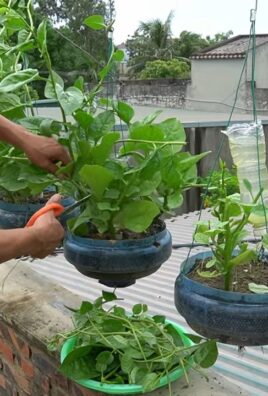
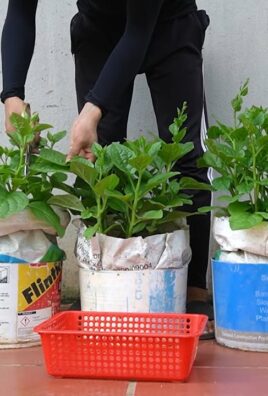
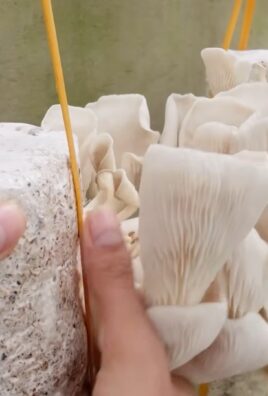
Leave a Comment